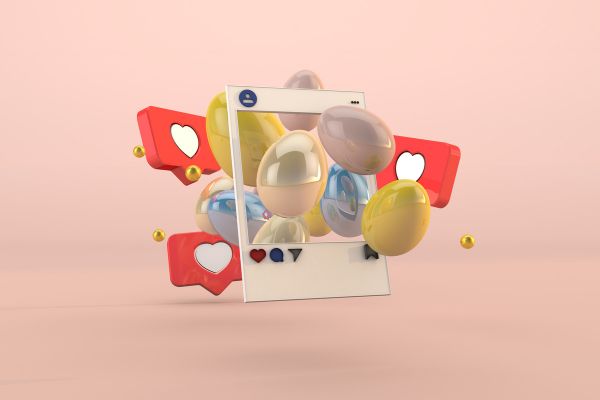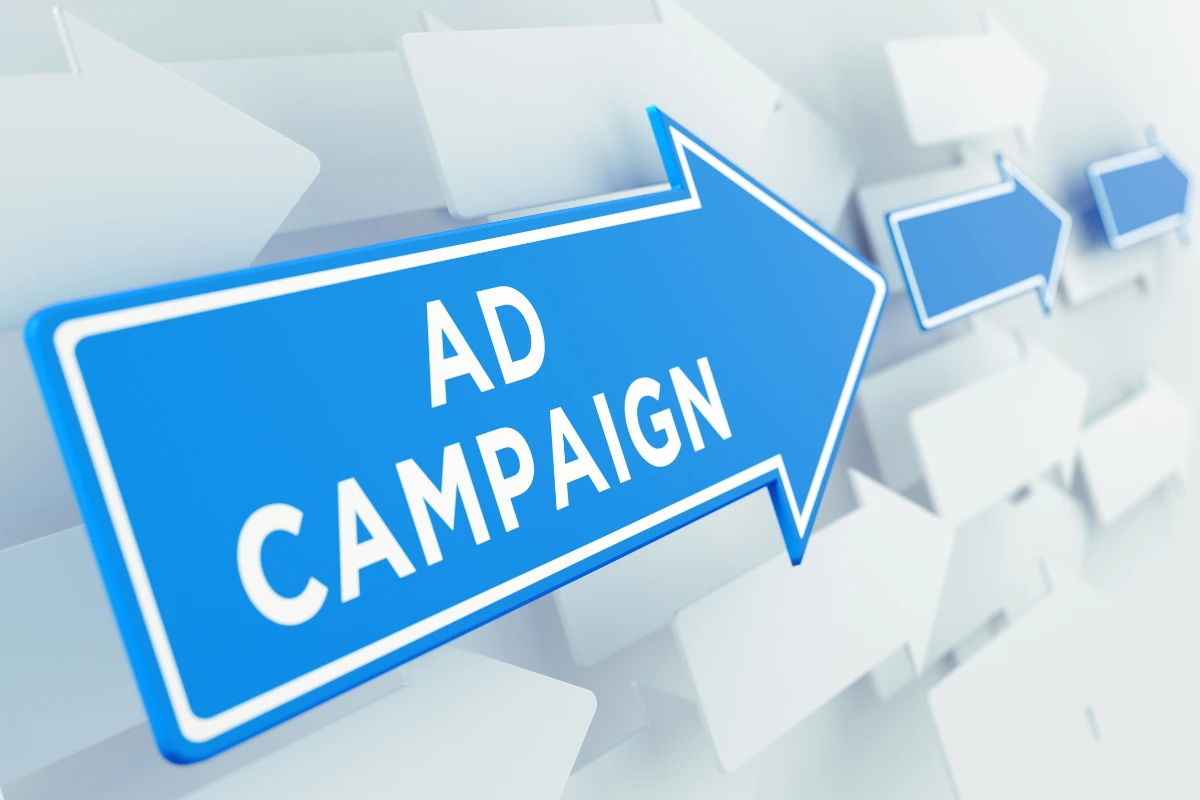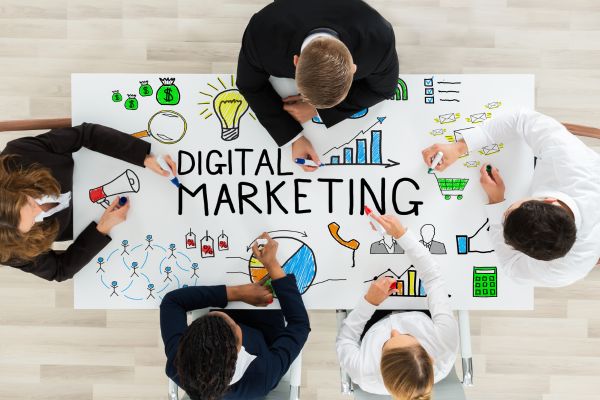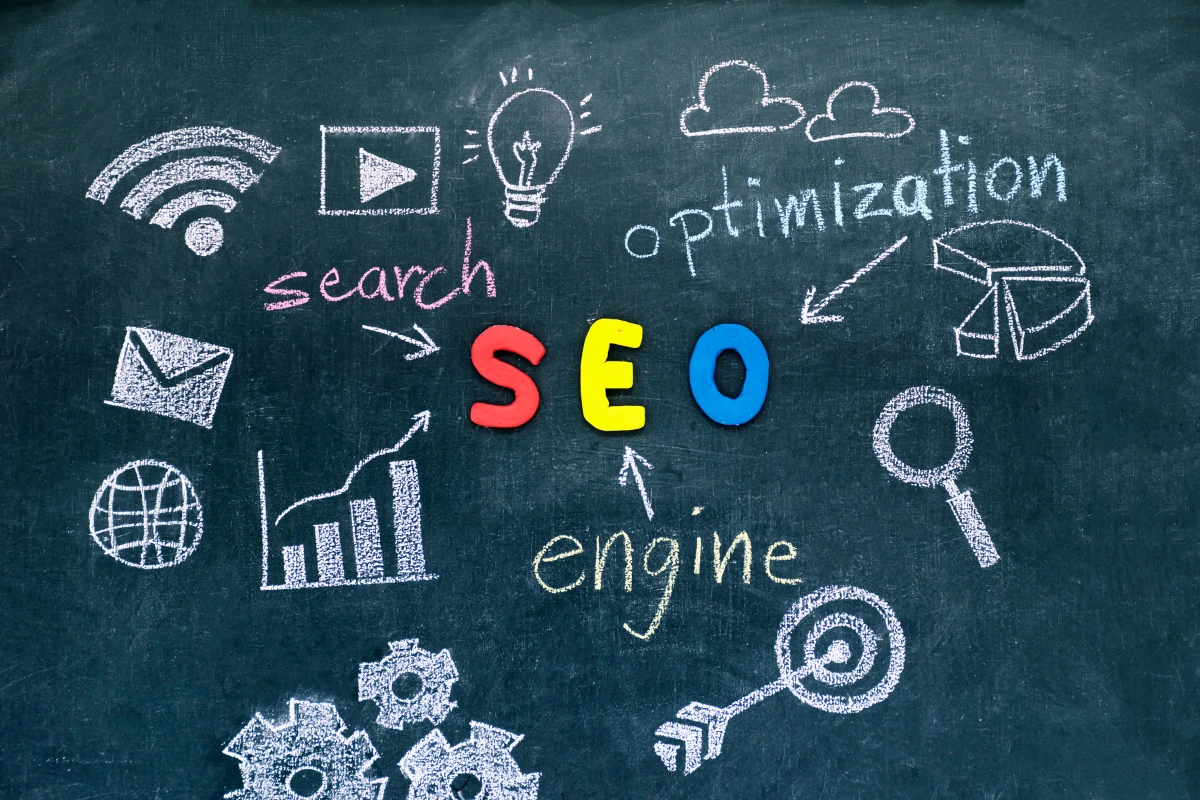Can Meme Marketing Drive Viral Brand Engagement?

In today’s digital world, marketing strategies have evolved significantly. With over three billion people using social media platforms globally, traditional advertising techniques are increasingly becoming ineffective. Consumers are now looking for authenticity, relatability, and humour rather than the pushy sales tactics of the past. This shift in consumer behaviour has led to the rise of meme marketing, a strategy that has gained immense popularity in recent years.
Memes have moved beyond just internet jokes; they have become a vital tool for brands to engage with their audience, build brand recognition, and boost virality. But the question remains: Can meme marketing truly drive viral brand engagement? In this article, we will explore the power of meme marketing, why it works, how to use it effectively, and examples of successful meme marketing campaigns.
What is Meme Marketing?
Meme marketing is the art of using humour to create relatable, shareable, and memorable content for brands. It involves leveraging pop culture references, trending jokes, and witty one-liners to create content that resonates with the target audience. Memes can be shared across various social media platforms and have the potential to go viral quickly.
In the past, meme marketing was more of a fun, informal way to connect with audiences. Today, however, it has become a sophisticated marketing tool, tapping into the emotional and psychological triggers of consumers. Brands now use memes strategically to build relationships with their audience, increase brand recall, and boost engagement on social media.
Why Does Meme Marketing Work?
Memes are not just funny images with text; they are backed by psychology and human behaviour. Our brains process visuals 60,000 times faster than text, which makes memes the perfect medium for quick, digestible content. Memes tap into emotions such as humour, nostalgia, and relatability, making them highly effective for engagement.
A study by Oracle revealed that 92% of consumers remember brands that use humour in their content. This shows that when brands use humour, especially through memes, they create a lasting impact. The reason memes work so well is because they reflect shared experiences, struggles, and pain points, which make the audience feel seen and understood.
In an era where consumers are overwhelmed with advertisements, memes offer an authentic and relatable alternative. They don’t feel like ads; instead, they feel like part of the conversation. This is why meme marketing is able to slip past consumers’ defences and foster genuine connections.
Key Benefits of Meme Marketing
Meme marketing is not just about getting laughs. It offers numerous benefits to brands looking to increase engagement, stay relevant, and build a strong online presence. Here are the key advantages of meme marketing:
1. Low-Cost, High-Engagement Strategy
Unlike traditional advertising campaigns that require significant budgets, memes are relatively inexpensive to create and share. A meme can be produced quickly, and if it resonates with the audience, it can reach thousands, if not millions, without spending much on ads.
This makes meme marketing a great option for small businesses and startups in India, where marketing budgets may be limited but the desire for high engagement is still strong.
2. Increased Brand Recall and Virality
Memes are built for virality. When a meme is relatable and entertaining, it gets shared across social media platforms. This sharing not only increases engagement but also boosts brand recall. The more people see and share a meme, the more likely they are to remember the brand associated with it.
As Aidan Brannigan, a viral content strategist, notes, virality is not just about reaching millions of people; it’s about reaching the right audience. A meme that resonates with a niche audience can still be considered viral if it captures their attention and drives engagement.
3. Appeals to Younger Audiences
In India, as well as globally, Millennials and Gen Z are highly engaged with memes. These younger generations consume memes daily on platforms like Instagram, TikTok, and Twitter. If a brand wants to stay relevant and connected with these audiences, meme marketing is the ideal strategy.
Memes make brands feel less corporate and more human, which is exactly what younger audiences crave. By incorporating humour into their campaigns, brands can establish a more authentic and approachable image.
4. Encourages Community and Brand Personality
A well-crafted meme can spark conversations and build a sense of community around a brand. Memes allow brands to showcase their personality in a way that feels natural and not forced. Through memes, brands can engage in inside jokes, build rapport with their audience, and foster loyalty.
When memes resonate with a community, they also create opportunities for users to share their own interpretations, making the brand part of a larger cultural conversation.
How to Create a Meme Marketing Strategy
Now that we understand why meme marketing works, let’s explore how brands can create an effective meme marketing strategy. Here are the essential steps:
1. Know Your Audience
The foundation of any successful meme marketing strategy is understanding your target audience. If your memes don’t align with your audience’s sense of humour, they will fall flat. For instance, a B2B SaaS company cannot rely on Gen Z TikTok humour, and a lifestyle brand may not find success with corporate-style LinkedIn memes.
To create memes that resonate, research your audience’s demographics, preferences, and pain points. Observe the type of humour that performs well in your industry and test different meme styles to see what works best.
2. Stay Culturally Relevant
Meme marketing thrives on timeliness and cultural relevance. To make an impact, brands must stay updated with trending topics, viral jokes, and pop culture references. However, it’s important to act quickly. Memes have a short shelf life, and what’s funny today might be irrelevant tomorrow.
While staying relevant is crucial, it’s also important not to force trends that don’t align with your brand’s voice. Memes should feel natural, not out of place.
3. Balance Original and Repurposed Memes
Meme marketing involves two main approaches: creating original memes or repurposing existing viral memes. Original memes allow brands to establish their unique voice and long-term branding, while repurposed memes tap into the existing virality of trending formats.
Both approaches have their place. Original memes can help build brand identity, while repurposed memes can deliver quick engagement and keep your brand top-of-mind in real-time conversations. The key is to strike a balance between the two and use them strategically.
4. Choose the Right Platform
Different social media platforms cater to different types of memes. For example, Instagram is great for visual memes, while Twitter is ideal for witty one-liners and trending topics. TikTok, on the other hand, is perfect for short-form video memes.
To maximise your meme marketing efforts, choose the platform that best aligns with your target audience and brand voice. For example, a lifestyle brand might perform well on Instagram, while a tech brand might see success on Twitter or LinkedIn.
5. Track Metrics and Measure Success
Meme marketing success isn’t just about making people laugh; it’s about driving tangible results. To measure success, track key metrics like engagement rate, virality coefficient, click-through rate (CTR), and return on investment (ROI).
By analysing these metrics, you can refine your meme marketing strategy, optimise your content, and increase ROI.
Common Mistakes to Avoid in Meme Marketing
While meme marketing can be highly effective, it’s easy to make mistakes. Here are some common pitfalls brands should avoid:
1. Jumping on Trends Too Late
If a meme is already outdated, using it will make your brand look out of touch. To avoid this, act quickly and jump on trends while they are still relevant.
2. Forcing Humor
Not every meme needs to be laugh-out-loud funny. If your brand’s tone is more professional, wit and clever references might work better than random humour. Ensure that the humour aligns with your brand’s voice.
3. Ignoring Audience Sensitivity
Memes can be polarising, so it’s essential to be mindful of your audience’s values and humour style. Avoid controversial or offensive content that could lead to backlash.
4. Overbranding the Meme
Memes should feel organic, not corporate. Avoid slapping a logo on a meme. Subtle branding works best; let the humour lead the way.
Successful Meme Marketing Examples
Several brands have successfully used meme marketing to drive viral engagement. Here are a few noteworthy examples:
1. Dunkin’ – Flirty Spider Doughnut Campaign
Dunkin’ created a fun Halloween-themed campaign featuring a flirtatious Spider Doughnut. The playful personality of the doughnut resonated with audiences, leading to high engagement across social media platforms like Instagram and TikTok.
2. Duolingo – Duo the Owl’s “Death” Announcement
In a humorous and bold move, Duolingo announced the “death” of its beloved mascot, Duo the Owl, on social media. The unexpected and playful announcement generated widespread attention and engagement.
3. Ryanair – Witty Responses to Customer Complaints
Ryanair’s witty and candid responses to customer complaints have gained attention for their humour. By breaking away from the traditional corporate tone, Ryanair humanised its brand and fostered a unique online presence.
Conclusion
Meme marketing is a powerful tool for driving viral brand engagement. With its ability to create relatable, shareable, and humorous content, memes help brands connect with their audience on a deeper level. By understanding the audience, staying culturally relevant, balancing original and repurposed memes, and choosing the right platform, brands can leverage meme marketing to build a strong online presence.
In India, where social media engagement is high, meme marketing offers an affordable and effective strategy for brands to boost visibility, increase engagement, and stay relevant. By avoiding common mistakes and tracking key metrics, brands can ensure that their meme marketing efforts drive tangible results. So, yes – meme marketing can absolutely drive viral brand engagement if done right!
Calling all Marketers!
🔴 Are you tired of searching for the perfect job?
Whether you're into content writing, SEO, social media, graphic design, or video editing—full-time, freelance, remote, or onsite—we've got your back!
👉 We post over 30 job opportunities every single day. Yes, every day (all verified).
Join the most reliable and fastest-growing community out there! ❤️
And guess what? It’s FREE 🤑
✅ Join our WhatsApp Group (Click Here) and Telegram Channel (Click Here) today for instant updates.






![What are Push Notifications? A Complete Guide [2025]](https://magicalmarketers.com/wp-content/uploads/2024/10/Social-Media1.jpg)
